There is early evidence that grape vine cultivation dates back in history 7,000 years. As far back as the Neolithic period, people have been cultivating wild grape vines to produce wine.
Do the techniques used in the vineyard affect the overall product ~ Wine?
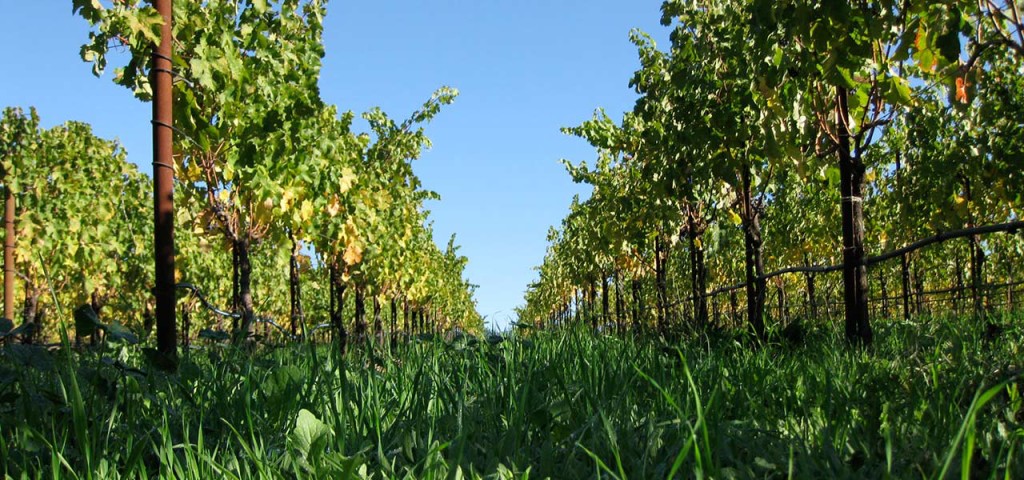
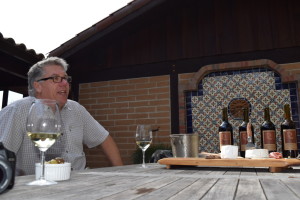 In Sonoma County, the terroir seems ideal for growing many different varietals of grapes.
In Sonoma County, the terroir seems ideal for growing many different varietals of grapes.
Sonoma Mountains to the west and the Mayacamas Mountains to the east. “These two ranges in both temperature and soil types produce dramatically different wines” says Bart Hansen of Dane Cellars in Glen Ellen, California.
The vast majority of the world’s wine producing regions are found in each hemisphere at latitudes of 30° and 50°. There is a reason that wines are produced so specifically in these areas. The wine tastes better and the vines grow more vigorously.
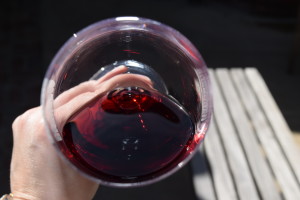 Many factors can affect the overall quality of a grape vine. A vineyard site is planned around the climate of the area, the slope they are going to be planted on, and the soil available on-site.
Many factors can affect the overall quality of a grape vine. A vineyard site is planned around the climate of the area, the slope they are going to be planted on, and the soil available on-site.
With climatic factors like temperature, frost and rain being unpredictable and uncontrollable, knowing how to farm the vines under a variety of conditions is necessary to be successful in the bottle.
There are many hazards that a winegrower also needs to be aware of for their particular region and just when growing grapes in general. A good education is a must. Whether it be hitting the books or the vineyards… knowing how to cultivate a vine properly for the varietal you are growing is what makes for the best end results.
Thank a farmer.
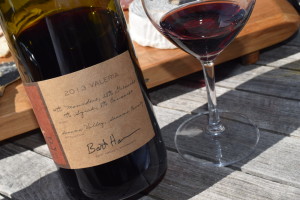 Good vineyard + Good farmer + Good wine-maker = A great bottle of wine.
Good vineyard + Good farmer + Good wine-maker = A great bottle of wine.
Simple equation… although I haven’t yet formulated it into an algorithm.
At Dane Cellars in Glen Ellen, California, the theme song remains “Wine Is Grown In The Vineyard”. Like many folks in the industry, Bart Hansen, owner and winemaker began his career with a summer job in the industry which formed into a deep passion for grape growing and winemaking in this beautiful area he calls home.
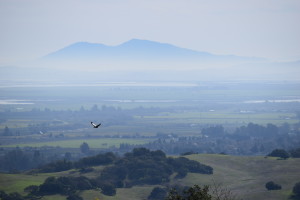 His professional career began with Kenwood Vineyards in 1986, where they specialized in vineyard-designated Zinfandels and Cabernets grown in Sonoma Valley.
His professional career began with Kenwood Vineyards in 1986, where they specialized in vineyard-designated Zinfandels and Cabernets grown in Sonoma Valley.
Sounds delightful… After more than 11 years with the Kenwood family, Bart joined the Benziger Winery team as Mike Benziger was a friend already and growing the brand at the time.
While with them, Barts focus was the production of wines for the Benziger Family Ranch and in particular Zinfandel wines.
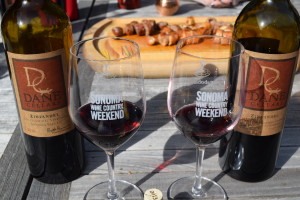 It was at Benziger that he was introduced to biodynamics and organic farming. At the time, both practices were new to the industry and Bart helped in the development of wine making methods to go along with the farming practices. Again let’s – Thank a Farmer!
It was at Benziger that he was introduced to biodynamics and organic farming. At the time, both practices were new to the industry and Bart helped in the development of wine making methods to go along with the farming practices. Again let’s – Thank a Farmer!
Bringing cutting-edge techniques to age-old winemaking processes also became a passion of Barts during this time as he decided to develop his own winery label. The dream would soon become reality…
With a passion for creating small-lot, distinctive wines, using these techniques, Bart was thrilled to join Lasseter Family Vineyards in 2007.
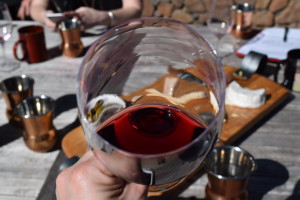 There, he had the opportunity to create premium vintages of Rhone and Bordeaux-inspired blends, from organically-grown grapes.
There, he had the opportunity to create premium vintages of Rhone and Bordeaux-inspired blends, from organically-grown grapes.
From the Dane Cellars website:
It was also in 2007 that our son, Dane was born, becoming the inspiration and namesake for the opening of Dane Cellars, that same year.
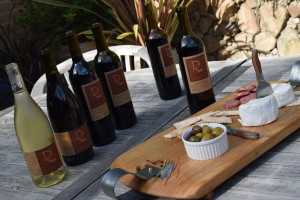 Dream Realized. Hand Crafted Wines made in Sonoma County ~ at Dane Cellars.
Dream Realized. Hand Crafted Wines made in Sonoma County ~ at Dane Cellars.
Wine is grown in the vineyard.
#SonomaChat is a weekly conversation on Twitter.
Join Us on Wednesday as Bart Hansen of Dane Cellars hosts the LIVE Chat. More SonomaChat information HERE.
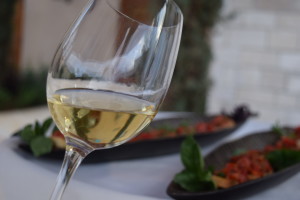 Our terrific #SonomaChat community is consistently sharing and they engage with us about wineries, restaurants, brands, makers & products on our social media channels 7 days a week using our hashtag to connect on twitter.
Our terrific #SonomaChat community is consistently sharing and they engage with us about wineries, restaurants, brands, makers & products on our social media channels 7 days a week using our hashtag to connect on twitter.
FEBUARY 17, 2016
Wine is Grown in the Vineyard
Host: Dane Cellars
My faves of his bottle line up:
2014 Chenin Blanc
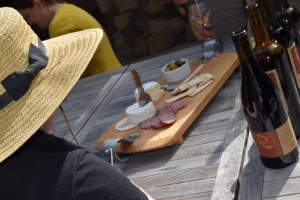 Once grown though out the state of California Chenin Blanc has become one of the rare white wine varieties. This modern classic has aromas of honey and melon, which continue into the flavor.
Once grown though out the state of California Chenin Blanc has become one of the rare white wine varieties. This modern classic has aromas of honey and melon, which continue into the flavor.2013 Valeria Rhone Blend
2010 Zinfandel Los Chamizal Vineyard
2009 Old Vine Zinfandel Gehricke Road
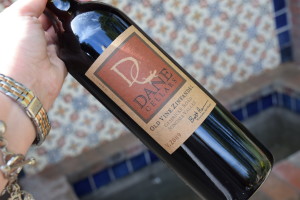 This vineyard is located within a mile of the historic Sonoma Plaza. Planted just after the turn of the century, this “Italian field blend” is predominately Zinfandel, along with Syrah, Grenache, Petite Sirah and Alicante Bouschet.
This vineyard is located within a mile of the historic Sonoma Plaza. Planted just after the turn of the century, this “Italian field blend” is predominately Zinfandel, along with Syrah, Grenache, Petite Sirah and Alicante Bouschet.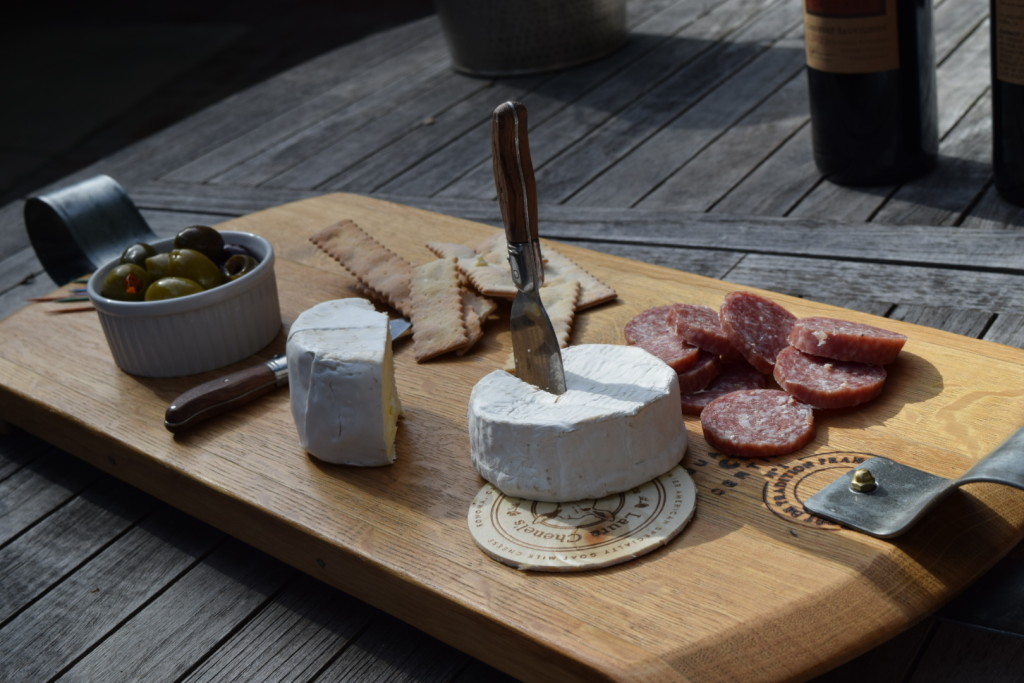
Great stuff Amy, Thanks.